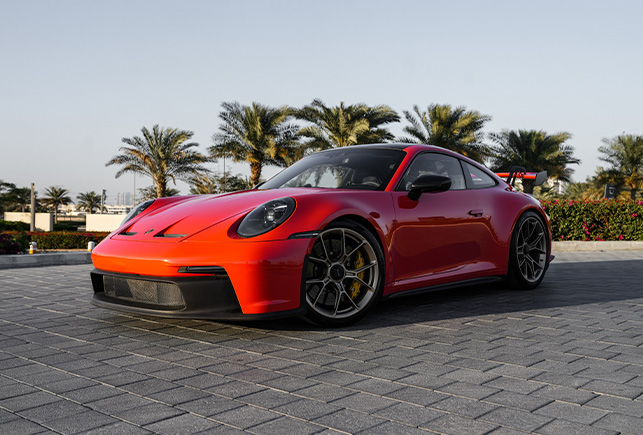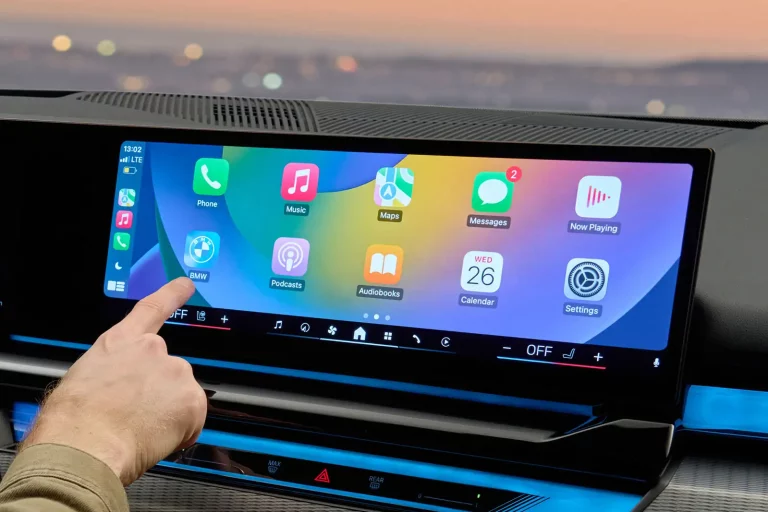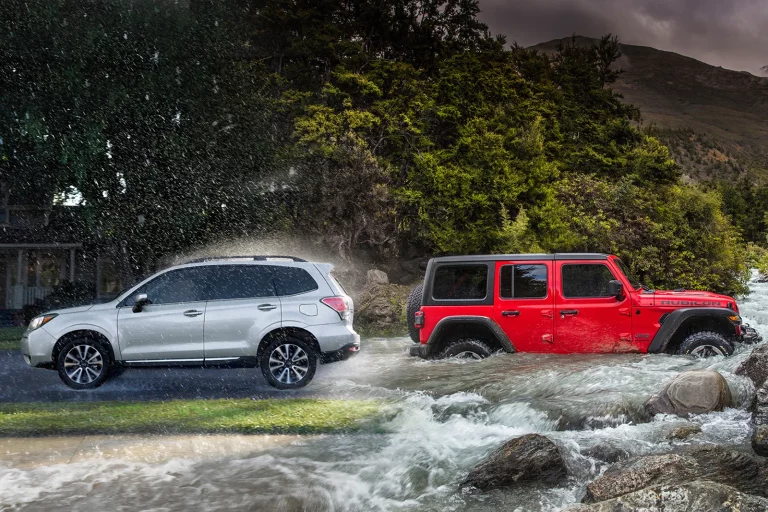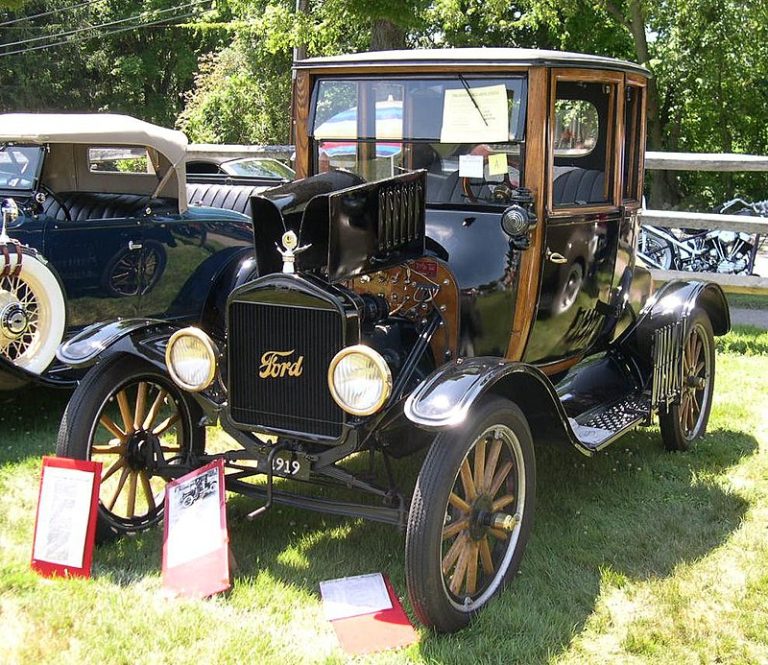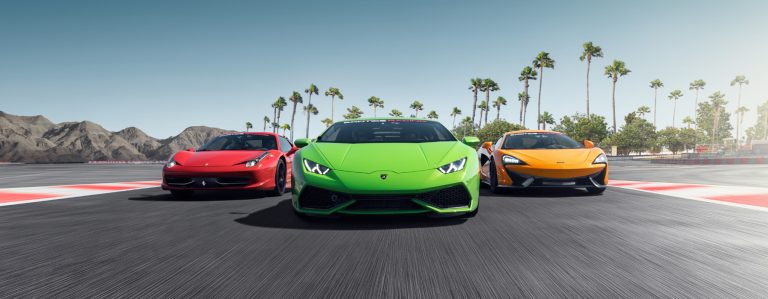Moonroof vs Sunroof: Which One Is Best?
Ever found yourself pondering the difference between a sunroof and a moonroof? Many people do, and it’s not uncommon to use these terms interchangeably. However, they’re not quite the same. While both can add an open-air feel to your drives, the characteristics that set them apart are worth noting.
A sunroof, typically tinted, either tilts or retracts to let light into the cabin. On the flip side, a moonroof, often made of tinted glass, can sometimes be removed entirely for a unique driving experience. Intrigued? In this post, we will look into these two features that can transform your driving experience.

Moonroof Vs Sunroof: A Detailed Comparision
Sunroofs and moonroofs are often used interchangeably, but there are some subtle distinctions between the two:
1. Material and Visibility
Sunroof
A traditional sunroof is designed from the same material as the vehicle’s body, making it opaque and completely blocking the view of the sky when closed. This feature is excellent for those who prioritize privacy and a streamlined appearance that matches the exterior of the car.
Moonroof
Contrastingly, a moonroof is usually crafted from glass, allowing continuous visibility of the outside, even when it’s fully closed. This design enhances the interior ambiance with natural light, making the cabin feel more spacious and connected to the outside environment, which can be particularly enjoyable on overcast or starry nights.
2. Operation
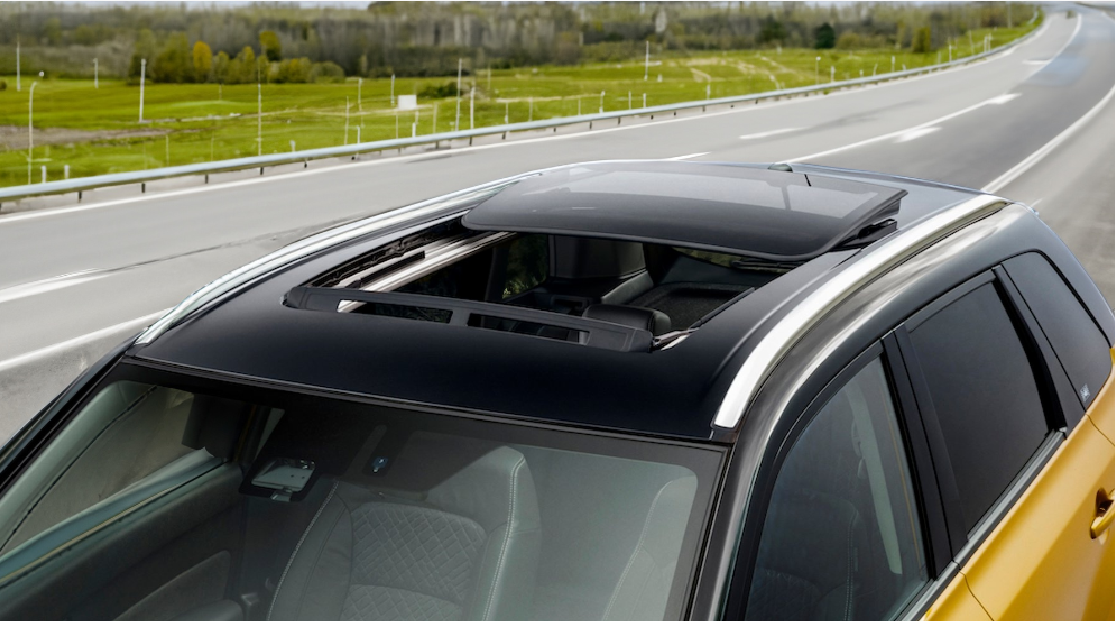
Sunroof
Sunroofs may offer basic tilt and slide operations, allowing for varying degrees of open air. They are often manually operated or feature simple mechanical controls, which can be more durable and less prone to malfunction over time compared to more complex systems.
Moonroof
Moonroofs typically include advanced features like automatic opening and closing, controlled by electronic switches or even remotely via the vehicle’s key fob. This convenience is a significant upgrade in functionality and ease of use, providing a more luxurious user experience.
3. Size and Style
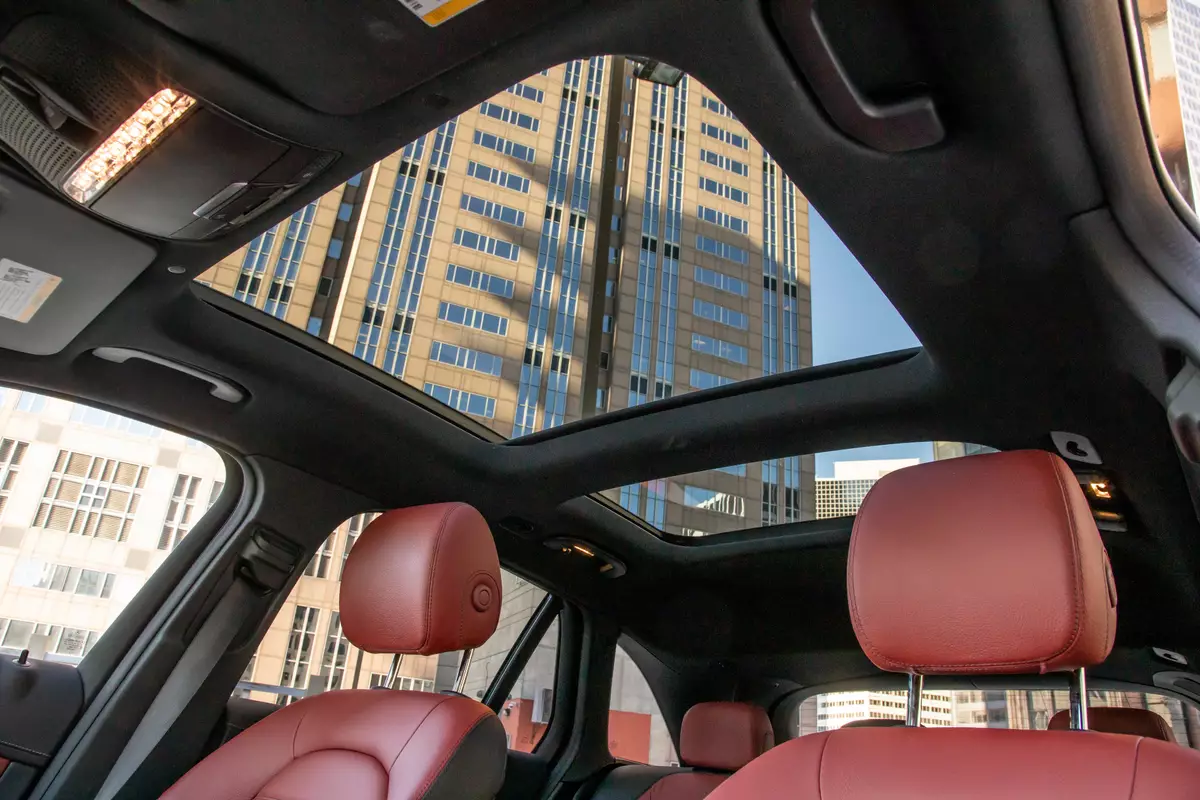
Sunroof
Sunroofs are generally smaller and can be found in a variety of shapes and sizes, tailored to the vehicle’s design. They are less about adding luxury and more about functionality and occasional enjoyment.
Moonroof
Moonroofs are often larger and can run almost the length of the vehicle’s roof, providing a panoramic view that enhances the aesthetic value and the driving experience. This feature is frequently highlighted in luxury vehicle models and is marketed as a premium option.
4. Functional Impact
Sunroof
Sunroofs are practical and less complex, making them a reliable choice for those who prefer a straightforward functionality without the frills. They can offer adequate ventilation and a touch of the outdoors without altering the car’s original aesthetics drastically.
Moonroof
With a moonroof, the functionality extends beyond just open-air experience. The integration of advanced features like rain sensors, which automatically close the moonroof in the event of rain, or built-in sunshades that can retract or extend at the push of a button, provides a blend of luxury and utility that is hard to match.
5. Aesthetic Influence
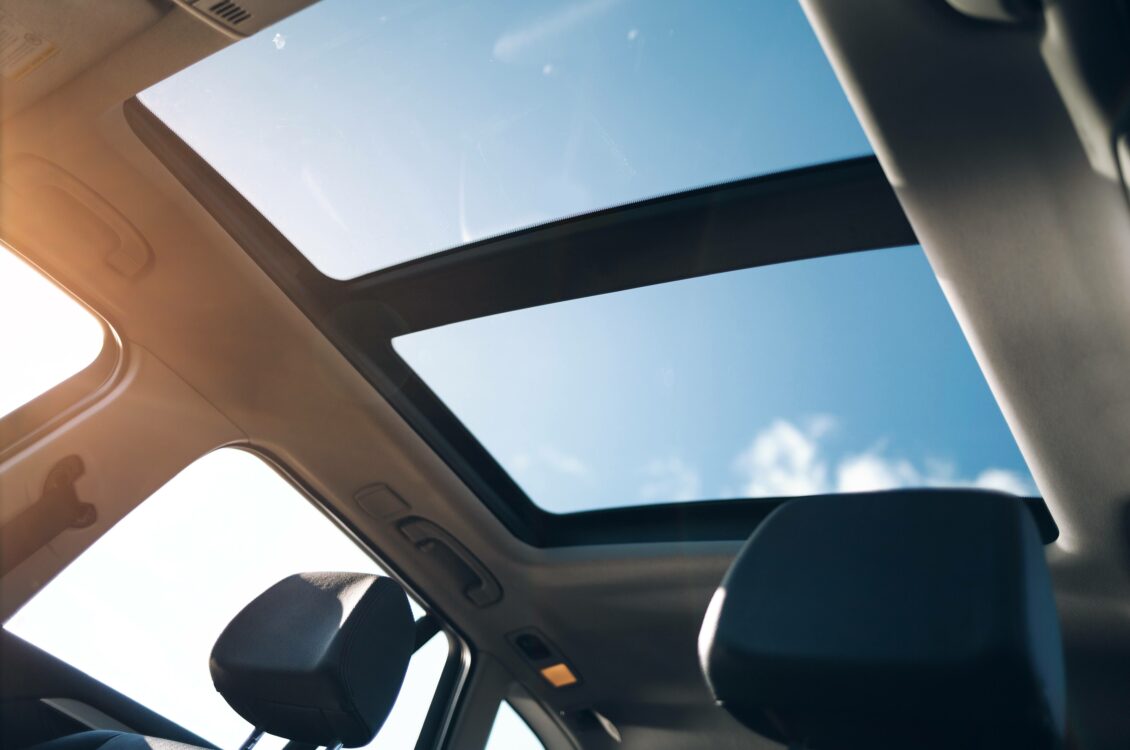
Sunroof
The integration of a sunroof can maintain the vehicle’s original lines and design, making it less conspicuous. For those who value subtlety, a sunroof provides an enhancement without significant alteration to the car’s exterior appearance.
Moonroof
Moonroofs often contribute significantly to the vehicle’s aesthetic appeal. The larger glass area offers a more modern look and can be a selling point for those who want their car to have a luxurious feel both from the inside and outside. The panoramic view provided by larger moonroofs not only enhances the driving experience but also makes the interior feel more spacious, which can be a crucial factor for buyers looking for both style and function.
6. Durability and Safety
Sunroof
The simplicity of sunroofs can translate into fewer mechanical issues over time. The use of body-colored panels also means that they are less likely to suffer from the typical wear and tear seen in glass panels, such as scratches or UV damage.
Moonroof
While moonroofs offer many benefits, the complexity of their design means they can be more susceptible to operational failures. Components like motorized tracks and electronic controls can require repairs, especially as the vehicle ages. Moreover, the glass, even though toughened, can be a vulnerability in accidents if not properly designed.
7. Cost Considerations
Sunroof
Generally less expensive than moonroofs, sunroofs offer a cost-effective way to add some luxury to a vehicle without a hefty price tag. Their maintenance costs are also typically lower, thanks to the less complex machinery involved.
Moonroof
Moonroofs are often part of higher trim levels or luxury packages, which can significantly increase the initial cost of the vehicle. The potential for more frequent maintenance or repairs due to the sophisticated mechanisms can also add to the overall ownership cost.
Frequently Asked Questions
1: Does a moonroof add value to my car?
A moonroof can add value to your car. Since moonroofs are optional equipment or usually included with higher trim levels, they can enhance a vehicle’s resale price.
2: Do sunroofs leak?
Yes, sunroofs can leak. This issue usually occurs due to faulty alignment. Water can find its way into the cracks if the panel isn’t level with the car’s roof. The alignment can vary depending on the car’s make and model, which complicates the maintenance.
3: Does insurance cover a cracked moonroof?
Yes, insurance can cover a cracked moonroof. Generally, glass damage is covered under comprehensive car insurance or auto collision coverage. If your moonroof is damaged unexpectedly, such as by a falling tree or hail strike, comprehensive coverage applies.
4: What is a full roof sunroof called?
A full roof sunroof is typically called a panoramic roof. It’s made of laminated glass spanning both the front and rear seats. It provides natural lighting inside the cabin and an airy feeling.
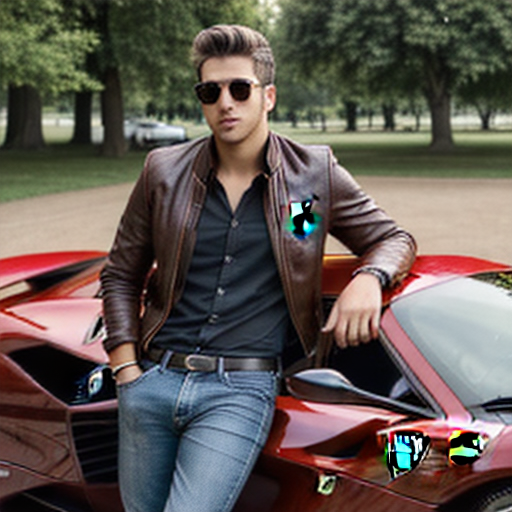
Hi! I’m Larry Gibbs, studying mechanical engineering with a focus on cars. I really love Ferraris and write blog posts about the latest car stuff. When not studying or blogging, I’m usually on a road trip exploring new places. I also enjoy playing football and watching movies. Life’s an adventure, and I’m all about enjoying the ride!

